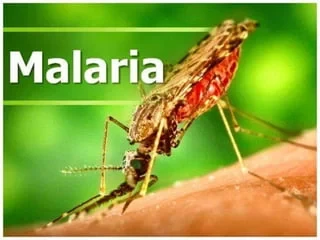
SHAMVA Gold Mine, a member of Kuvimba Mining House (KMH), has invested close to US$15 million into the mine since 2020, according to general manager Gift Mapakame.
The government owns 65% of KMH, which in 2020 acquired Shamva from Metallon as part of a wave of mining asset purchases. Shamva had ceased operations prior to the Kuvimba takeover because it was having trouble raising money to stay in business despite possessing one of the largest undeveloped resources in the sector.
Mapakame told businessdigest in an interview that the bulk of the money was used to refurbish and renovate the capital infrastructure of the mine.
“For the initial recapitalisation and the resuscitation of the mine, the wider group injected almost close to US$15 million to get Shamva Gold mine going and this huge capital injection was utilised to refurbish and renovate the capital infrastructure of the mine,” he said.
“That includes the shafts, the haulages and all the primary accesses into the underground complex. Furthermore, that initial capital injection was also used to procure equipment required for the mining processes, for drilling, for materials handling and also to give the mine a working capital cycle that it would then be able to maintain and perpetuate on its revenues as it continues to produce.”
Mapakame said in the first five months of reopening, the mine was essentially focusing on ramping up production, taking it up from around 12 000 tonnes per month to 50 000 tonnes per month in the sixth month.
“That is when we reached maximum production capacity, exploiting the capital infrastructure to the fullest. Then from the sixth month coming forward to date, we engaged ourselves in an optimisation strategy,” he said.
“You know, maximisation may come with its oversights and may also come with its adverse assumptions, but when we gain in optimisation, we are now looking at areas where we need to moderate so that we manage things like cost and we also manage things like the grade that we are mining.”
- Feature: Revolving door of Zim's mining investment keeps on spinning
- Nzenza speaks on Zisco
- BNC promises full disclosure to investors
- Govt blocks small-scale miners from lithium fields
Keep Reading
From January to May, the mine has been producing 60 to 63 kilogrammes of gold per month.
“So, that should be a total of around 300 kgs for the five months running. On average, we have comfortably achieved an annual production of 670kg,” Mapakame said.
“Our financial year runs from April to March next year, but for the 12 months period of our financial year, we are projecting to produce 770 kgs of gold and the extra nudge in production is enabled by the enhanced great performance that we are expecting after having invested in a bit of some exploration and resource evaluation work.”
The company is also developing an open pit project at Shamva Hill. It has done pre- and bankable feasibility studies.
“At this juncture, we are seated with a project that has got close to 1,3 million ounces at a grade of 1,40 grammes per tonne and our technical and financial model shows us that its net present value is about US$140 million now and a discount rate of 8,5%, internal rate of return of 29% and has got a peak funding requirement of US$126 million,” he told journalists during a tour of the mine last Friday.
“So, this is a project that we are waiting on. We are now at the risk evaluation stage. We are looking at the gaps that have been left by the work that we have already done and at the same time we are now probing EPC (engineering, procurement and construction) to see if we can actually be able to have partners to start developing the project.”
KMH has extensive interests in gold, nickel, lithium, chrome, and platinum.
It has bought several businesses since its founding, including Bindura Nickel Corporation, Great Dyke Investments, Jena Mine, Sandawana Mine, Tiger and Club, Globe and Phoenix, Zimbabwe Alloys, among others.






